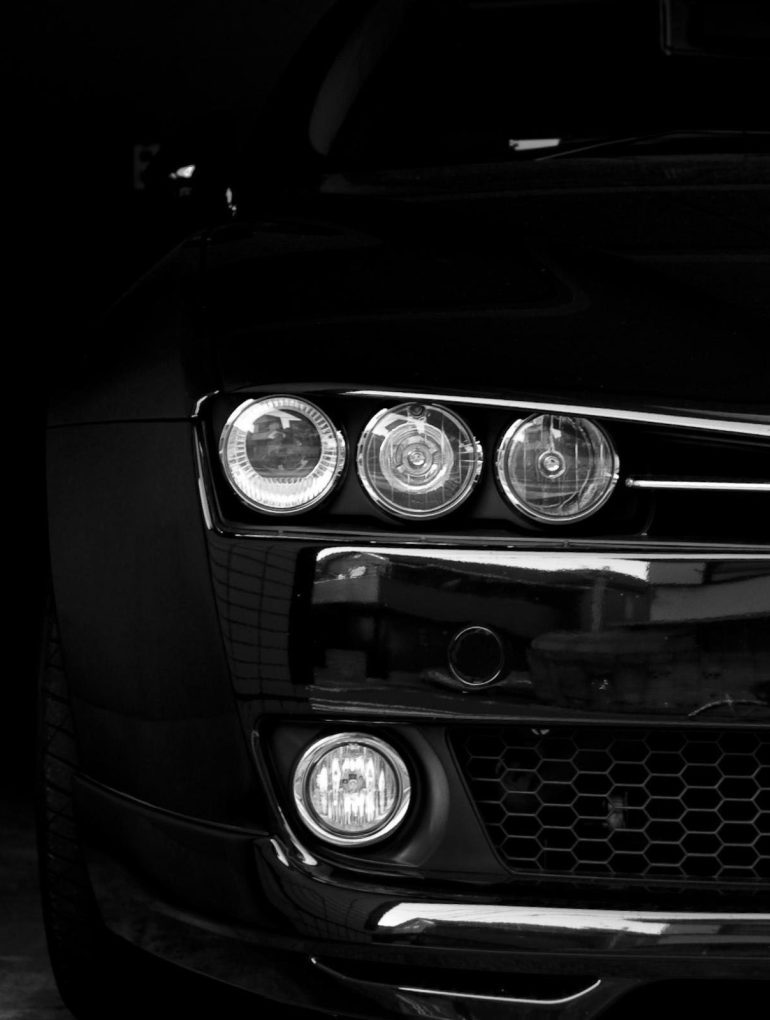This three-part series looks at Alfa Romeo: it’s history, racing achievements, and most notable or significant cars. From Top Gear to Jalopnik, Car and Driver to Motor Trend, there is much love and adoration for this quirky and innovative brand.
Contents (part one)
Jump to part two / part three.



